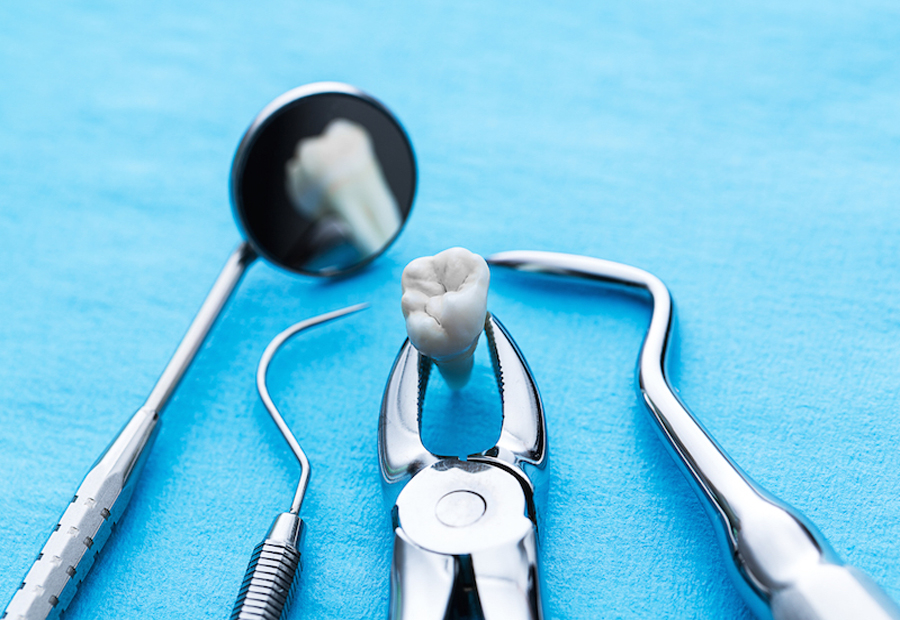Oral Surgery
Oral Surgery
|
Wisdom teeth can be left in the mouth when they are healthy and properly positioned in the mouth. Extraction of third molars is generally recommended when: |
|
Wisdom teeth erupt only partially. The mouth is too small for these teeth to erupt in a proper position behind the second molar. This is also referred to as Partial Bony Impaction. The most common complication of the partial bony impaction, is that the flap of gum tissue which partially covers the erupting third molar, creates a pocket where bacteria that are present in the mouth can grow and cause an infection known as pericoronitis which can lead to swelling and pain. The treatment for pericoronitis is extraction of the third molar tooth. |
| The risks and complications involved in the removal of third molars are: |
| PAIN |
|
Surgical removal of the third molars can lead to some discomfort and pain. This is usually treated with pain medication. |
| INFECTION |
|
Because of the large number of bacteria present in the mouth post surgical infection is always possible. Patients are usually placed on prophylactic antibiotics to prevent infections from developing. |
| SWELLING |
|
Following surgery patients may experience swelling and bruising. These symptoms vary between patients. |
| BLEEDING |
| Some post surgical bleeding is considered normal. This is usually minimal and is easily controlled with the pressure of biting on gauze.
Most wisdom teeth can be removed with local anesthesia alone. |
| A Healthy Mouth |
|
The inside of a healthy mouth is normally lined with a special type of skin (mucosa) that is smooth and coral pink in color. Any alteration in this appearance could be a warning sign for a pathological process. The most serious of these is oral cancer. The following can be signs which signal the beginning of an oral pathology. |
|
Reddish patches (erythroplasia) or whitish patches (leukoplakia) in the mouth A sore that fails to heal and bleeds easily These changes can be detected on the lips, cheeks, palate, gum tissue around the teeth, tongue, face, and/or neck. Pain is not always an associated symptom. At Rahman and Rahman all patients are examined for any oral pathology signs in their mouths. Timely diagnosis can limit the spread of theses conditions… If you feel that you or someone you know have any of the symptoms that have been discussed or if you have any questions and / or concerns, please do not hesitate to contact our office so we can put you in touch with our specialists who can address your concerns. |

